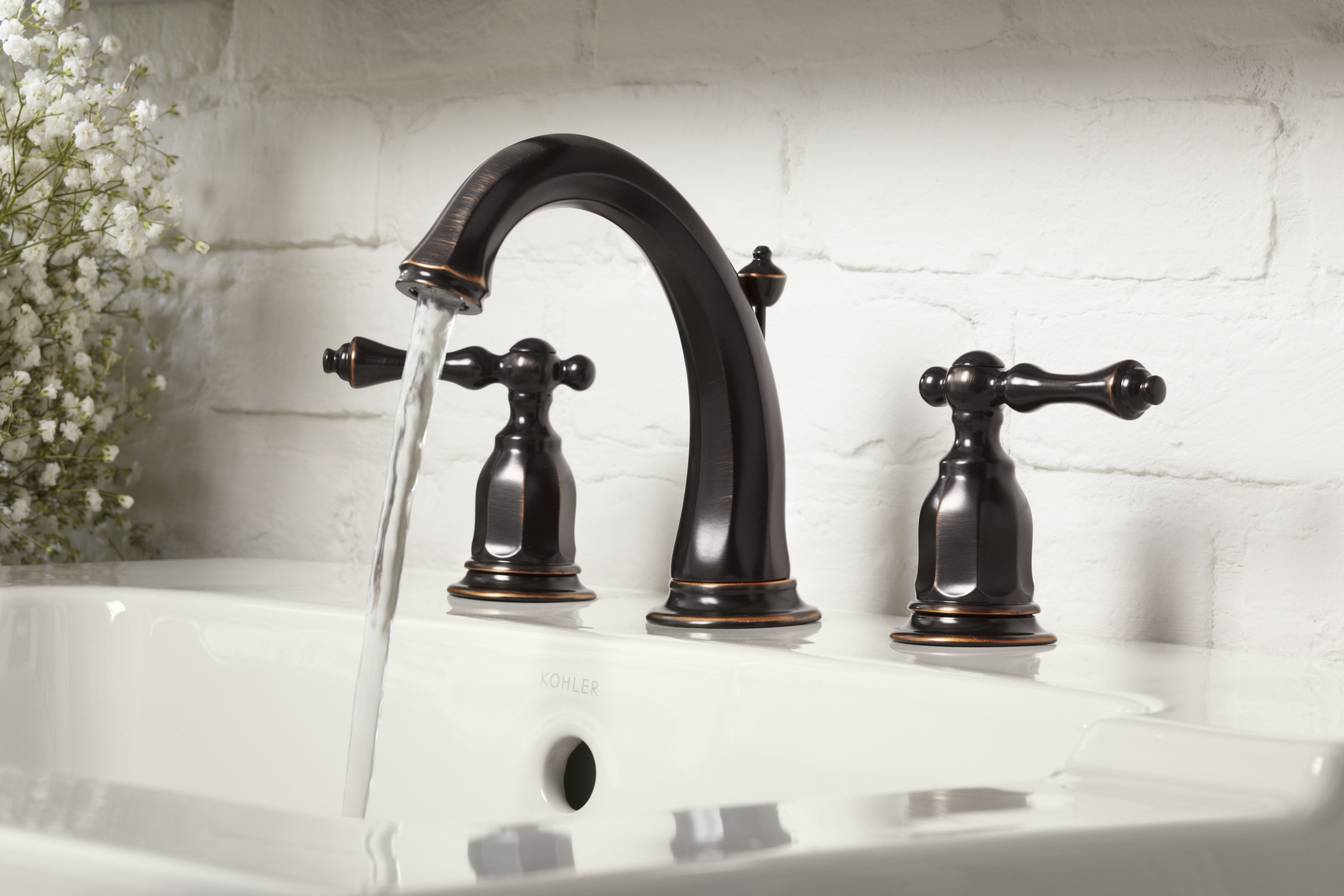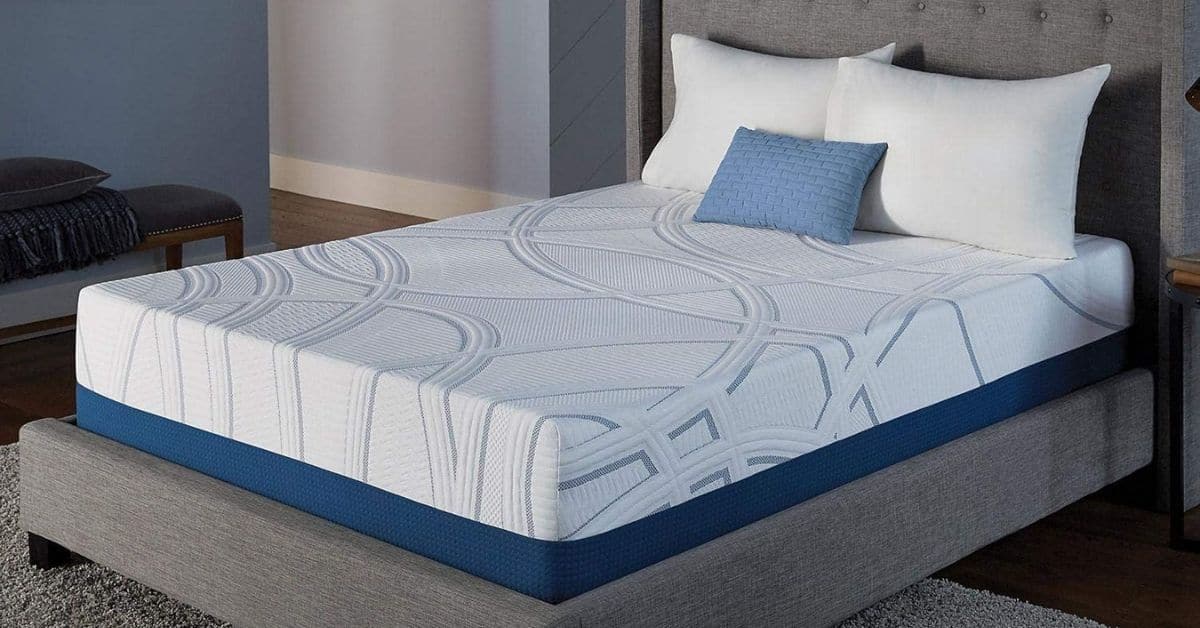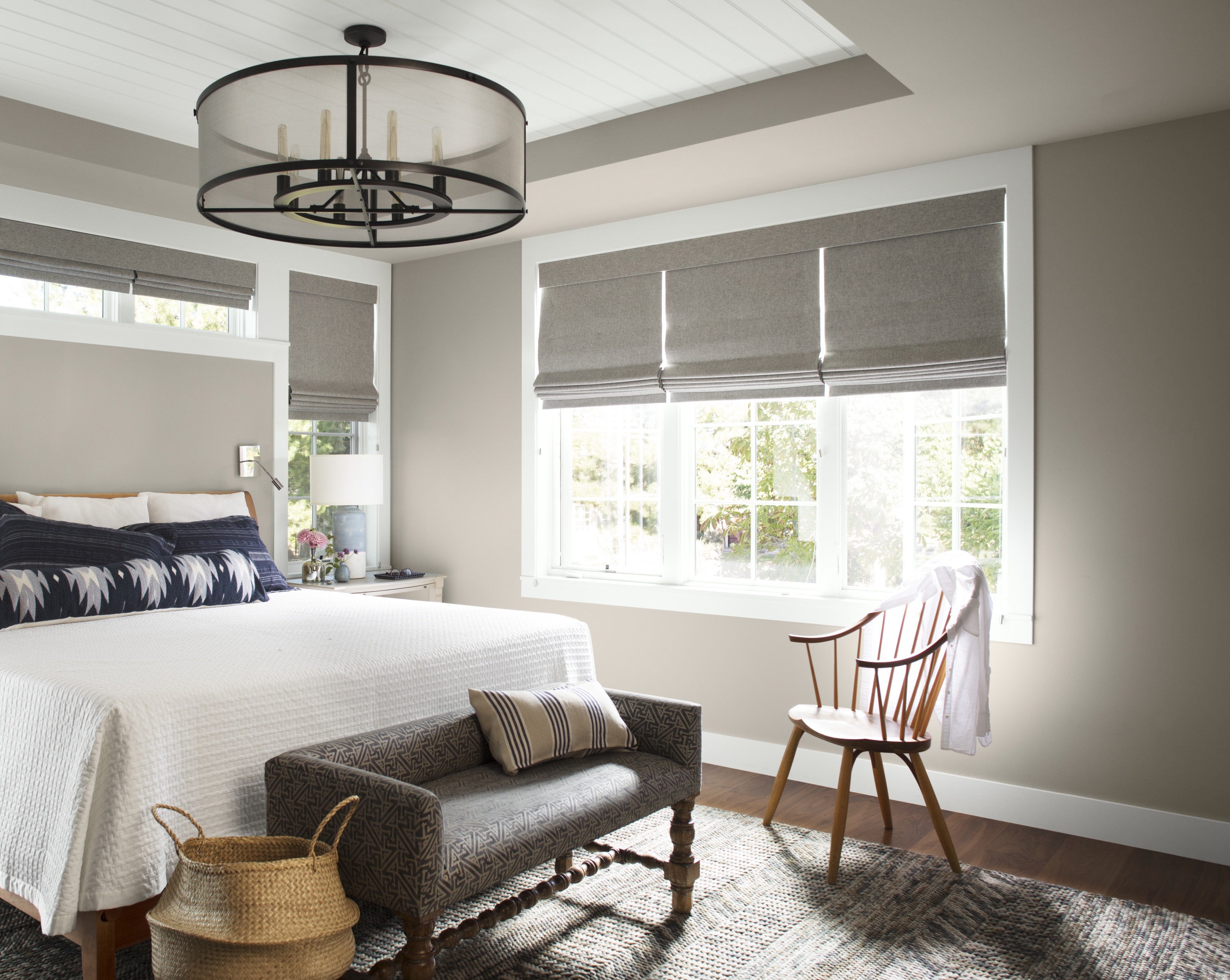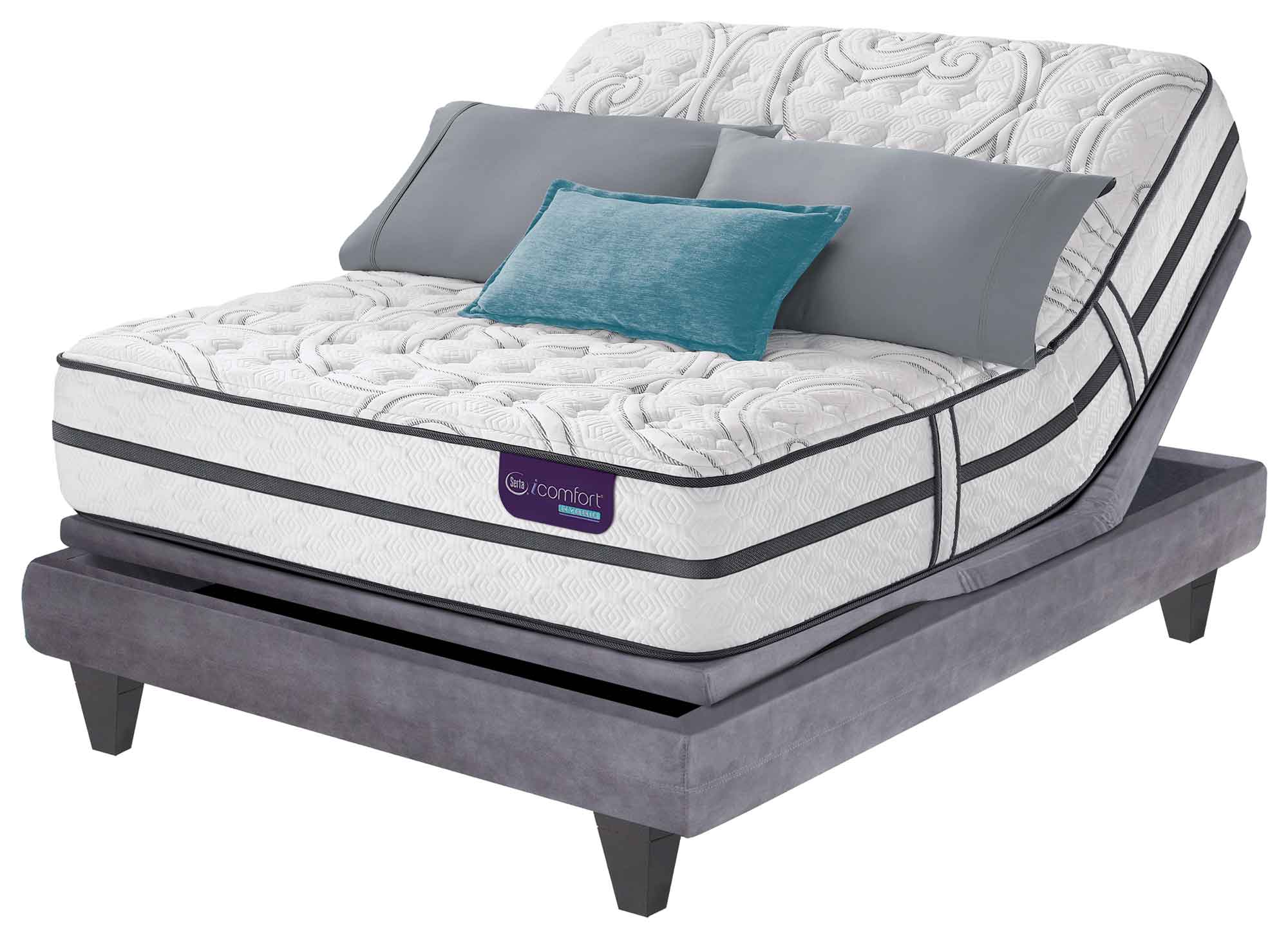Dining Room Table Design Guidelines
When it comes to designing your dining room, the dining room table is the centerpiece. It sets the tone for the entire space and provides a space for gathering with family and friends over meals. Choosing the right dining room table can be a daunting task, but with these top 10 guidelines, you'll be on your way to creating the perfect dining room for your home.
Dining Room Table Design Tips
Before you start shopping for a dining room table, it's important to consider the size and layout of your dining room. Measure the space and take note of any architectural features or furniture that may affect the placement of the table. This will help you determine the size and shape of the table that will work best in your space.
Dining Room Table Layout Ideas
Depending on the size and shape of your dining room, there are a few layout options to consider for your dining room table. If you have a smaller space, a round or square table may work best as they can fit into corners and create a cozy setting. For larger spaces, a rectangular or oval table may provide more seating options and a grander look.
Dining Room Table Size Recommendations
When it comes to the size of your dining room table, there are a few things to consider. First, make sure there is enough space around the table for chairs to comfortably pull out and for people to move around. As a general rule, allow at least 36 inches between the table and any walls or furniture. Additionally, each person should have at least 24 inches of table space for a comfortable dining experience.
Dining Room Table Shape Options
There are several shapes to choose from when it comes to dining room tables. Round tables are great for small spaces and can create a more intimate setting. Square tables can fit into corners and are a great option for smaller families. Rectangular and oval tables are the most common and provide the most seating options. Consider the shape that best fits your space and needs.
Choosing the Right Dining Room Table
When it comes to choosing the right dining room table, it's important to consider your personal style and the overall theme of your home. If you have a more traditional home, a wooden table with classic details may be a good fit. For a more modern or eclectic space, consider a glass or metal table for a sleek and contemporary look.
Dining Room Table Materials Guide
There are a variety of materials to choose from when it comes to dining room tables, each with its own unique look and benefits. Wooden tables are durable and can add warmth and character to a space. Glass tables can make a room feel more open and airy, while also being easy to clean. Metal tables are sleek and modern, and can add an industrial touch to a room.
How to Measure for a Dining Room Table
Before purchasing a dining room table, it's important to measure your space to ensure it will fit properly. Start by measuring the length and width of the room, as well as any architectural features or furniture that may affect the placement of the table. Then, measure the space where the table will go and make sure to leave enough room for chairs to pull out and for people to move around.
Dining Room Table Seating Capacity
The seating capacity of a dining room table will depend on its size and shape. As a general rule, a rectangular table can seat more people than a round or square table of the same size. Consider the number of people you typically host for meals and choose a table that can accommodate them comfortably.
Dining Room Table Height Guidelines
The standard height for a dining room table is around 30 inches, but there are variations depending on the style and purpose of the table. Counter height tables are taller, typically around 36 inches, and work well in more casual dining spaces. Bar height tables are even taller, around 42 inches, and are great for entertaining or as a focal point in a room.
Importance of Choosing the Right Dining Room Table Design
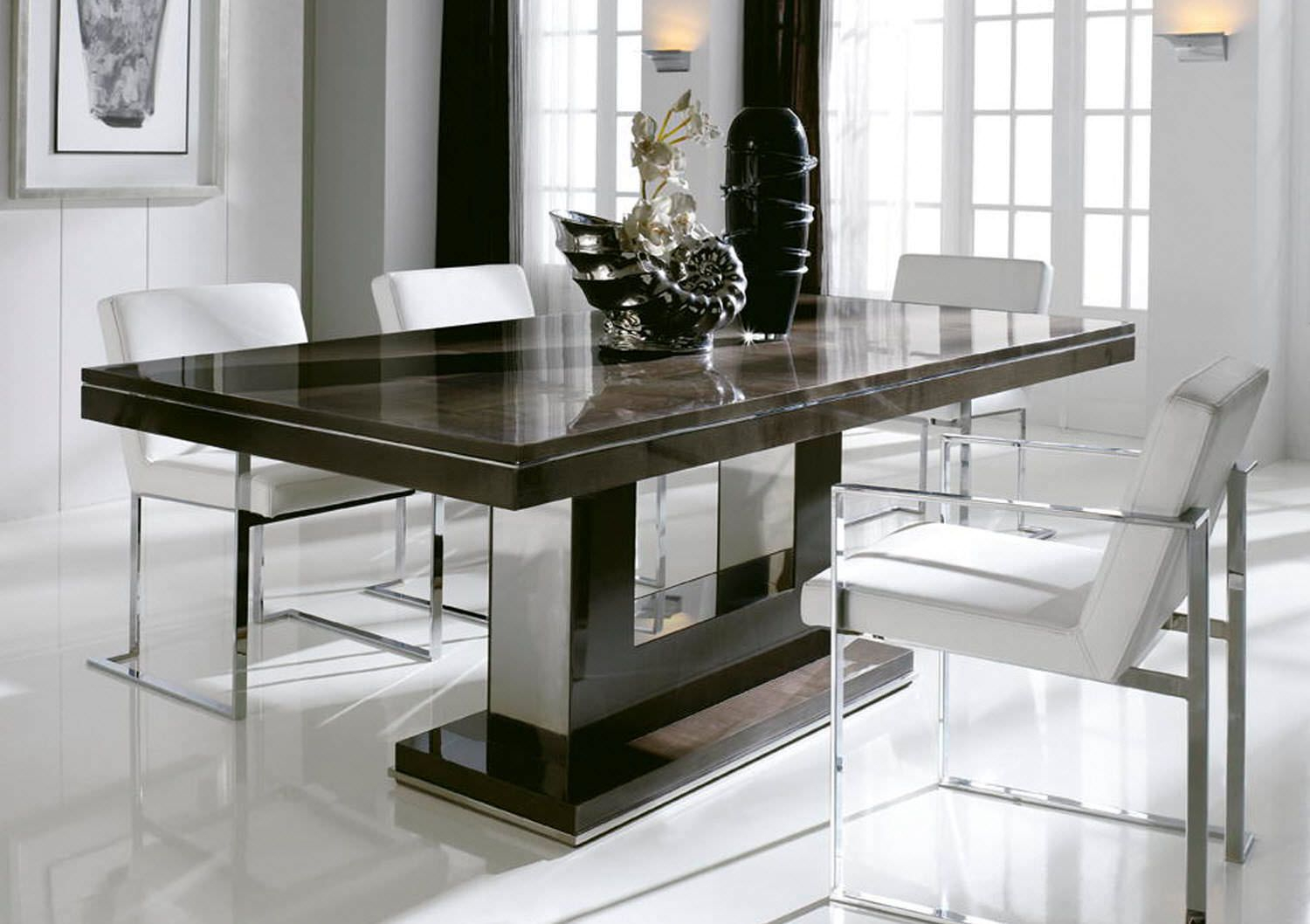
Creating a Welcoming and Functional Space
 A dining room table is often the centerpiece of a home's dining area. It is where families gather to share meals, friends come together to catch up, and important conversations take place. Therefore, it is crucial to choose a dining room table design that not only looks aesthetically pleasing but also serves its functional purpose. The right table can set the tone for the entire room and create a warm and inviting atmosphere.
A dining room table is often the centerpiece of a home's dining area. It is where families gather to share meals, friends come together to catch up, and important conversations take place. Therefore, it is crucial to choose a dining room table design that not only looks aesthetically pleasing but also serves its functional purpose. The right table can set the tone for the entire room and create a warm and inviting atmosphere.
Maximizing Space and Comfort
 When selecting a dining room table, it is essential to consider the size and layout of the room.
Large, bulky tables may not be the best fit for smaller spaces
, as they can make the room feel cramped and uncomfortable. Similarly,
smaller tables may not provide enough seating for larger families or gatherings
. It is crucial to strike a balance between the table's size and the available space to ensure maximum comfort and functionality.
When selecting a dining room table, it is essential to consider the size and layout of the room.
Large, bulky tables may not be the best fit for smaller spaces
, as they can make the room feel cramped and uncomfortable. Similarly,
smaller tables may not provide enough seating for larger families or gatherings
. It is crucial to strike a balance between the table's size and the available space to ensure maximum comfort and functionality.
Complementing the Overall Design Aesthetic
 The dining room table should not only fit the space, but it should also complement the overall design aesthetic of the room.
For a modern and minimalist look, consider a sleek and simple table with clean lines and a neutral color palette
.
For a more traditional and elegant feel, a wooden table with intricate detailing and a warm finish would be a great choice
. The dining room table should tie in with the rest of the room's design elements, such as the chairs, lighting, and décor, to create a cohesive and visually appealing space.
The dining room table should not only fit the space, but it should also complement the overall design aesthetic of the room.
For a modern and minimalist look, consider a sleek and simple table with clean lines and a neutral color palette
.
For a more traditional and elegant feel, a wooden table with intricate detailing and a warm finish would be a great choice
. The dining room table should tie in with the rest of the room's design elements, such as the chairs, lighting, and décor, to create a cohesive and visually appealing space.
Making a Statement with Unique Designs
 For those looking to make a statement with their dining room table, there are plenty of unique and creative designs to choose from. From
glass or marble tabletops to unconventional shapes and materials
, these tables can add a touch of personality and style to any dining room. However, it is essential to keep in mind that these
bold designs may not be suitable for everyone's taste and may require extra care and maintenance
.
For those looking to make a statement with their dining room table, there are plenty of unique and creative designs to choose from. From
glass or marble tabletops to unconventional shapes and materials
, these tables can add a touch of personality and style to any dining room. However, it is essential to keep in mind that these
bold designs may not be suitable for everyone's taste and may require extra care and maintenance
.
Conclusion
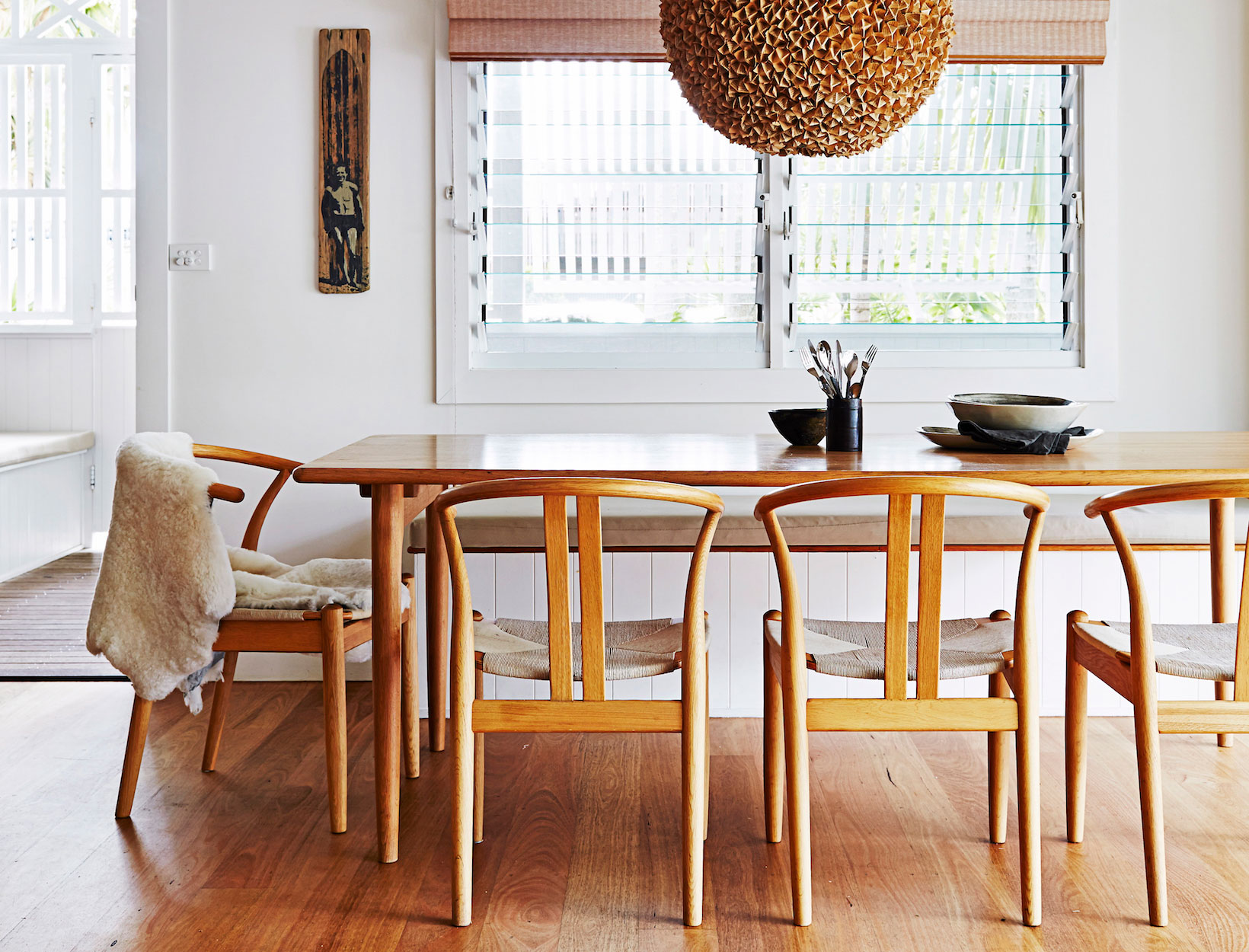 In conclusion, selecting the right dining room table design is crucial for creating a welcoming, functional, and visually appealing space.
Consider the size and layout of the room, complementing the overall design aesthetic, and making a statement with unique designs
to find the perfect dining room table for your home. By following these guidelines, you can ensure that your dining room table not only looks great but also serves its purpose for many years to come. So take your time, do your research, and find the perfect dining room table that will be the heart of your home.
In conclusion, selecting the right dining room table design is crucial for creating a welcoming, functional, and visually appealing space.
Consider the size and layout of the room, complementing the overall design aesthetic, and making a statement with unique designs
to find the perfect dining room table for your home. By following these guidelines, you can ensure that your dining room table not only looks great but also serves its purpose for many years to come. So take your time, do your research, and find the perfect dining room table that will be the heart of your home.




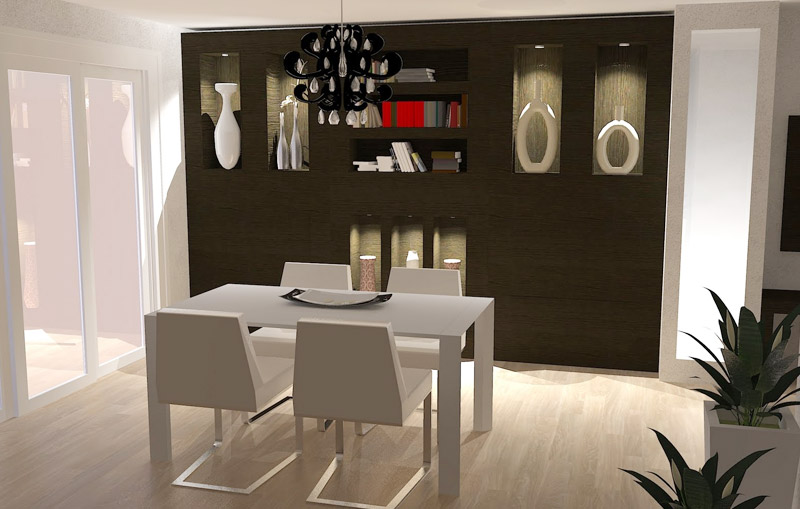

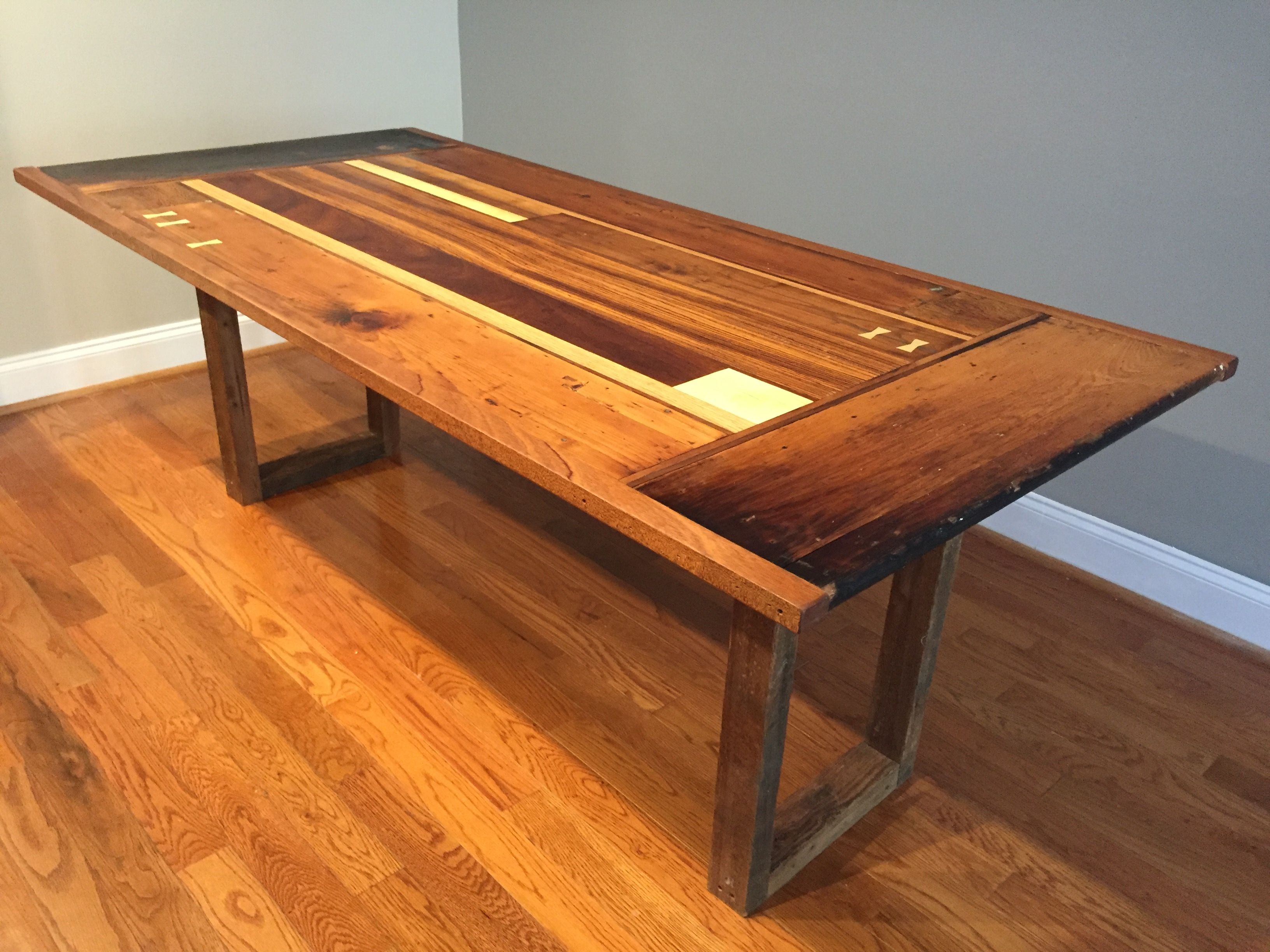
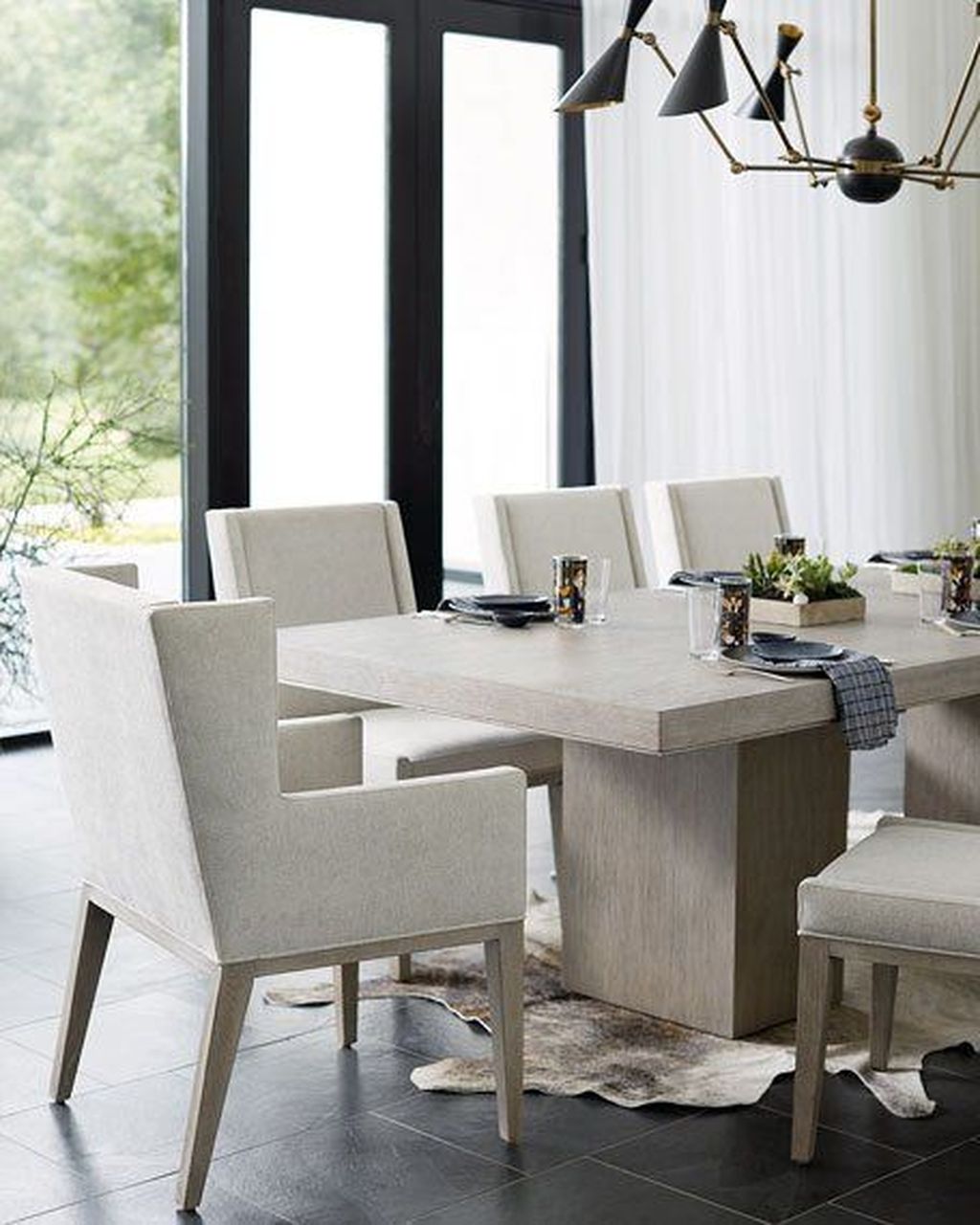






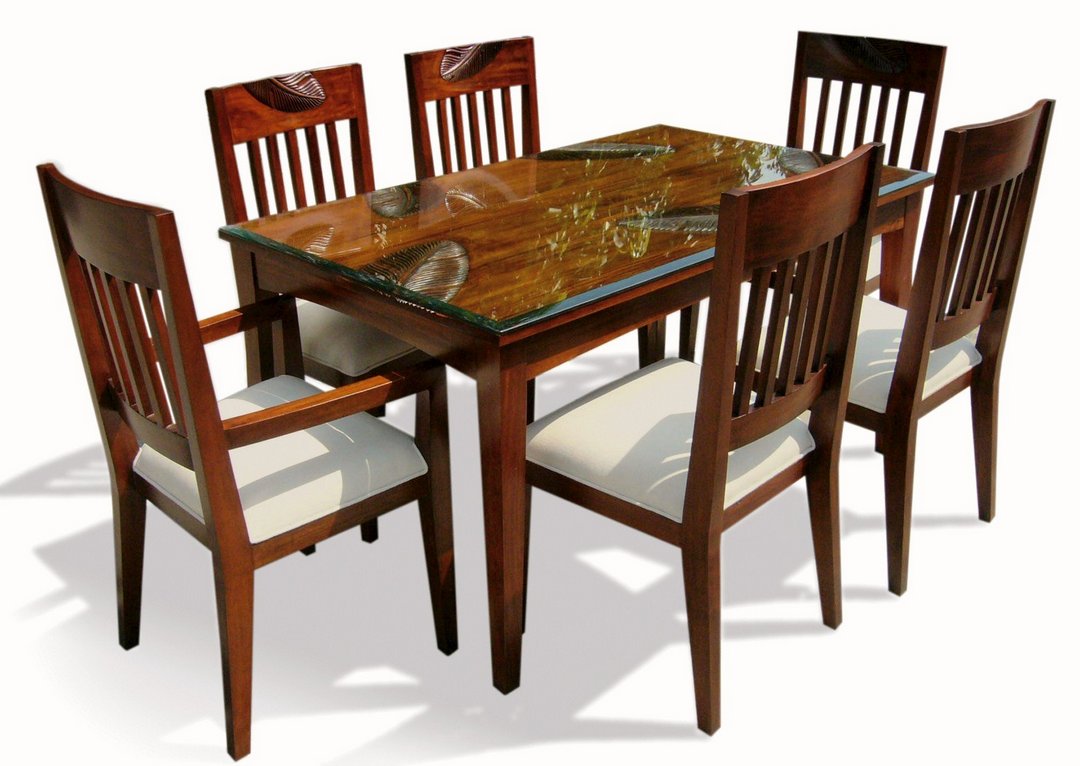

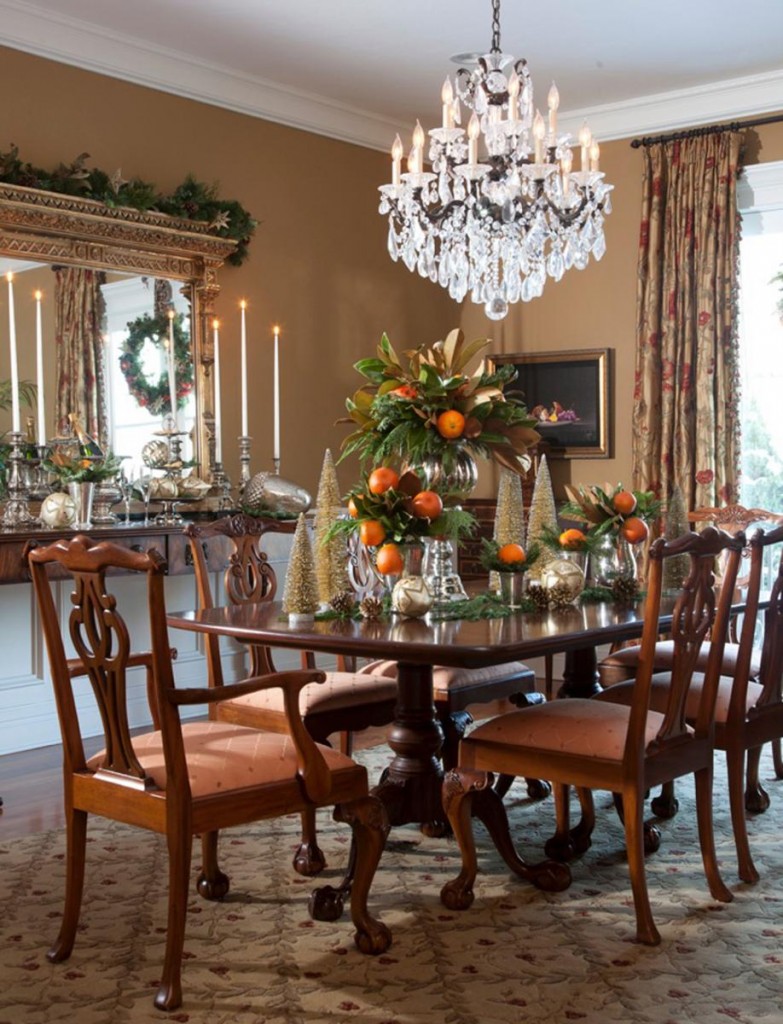
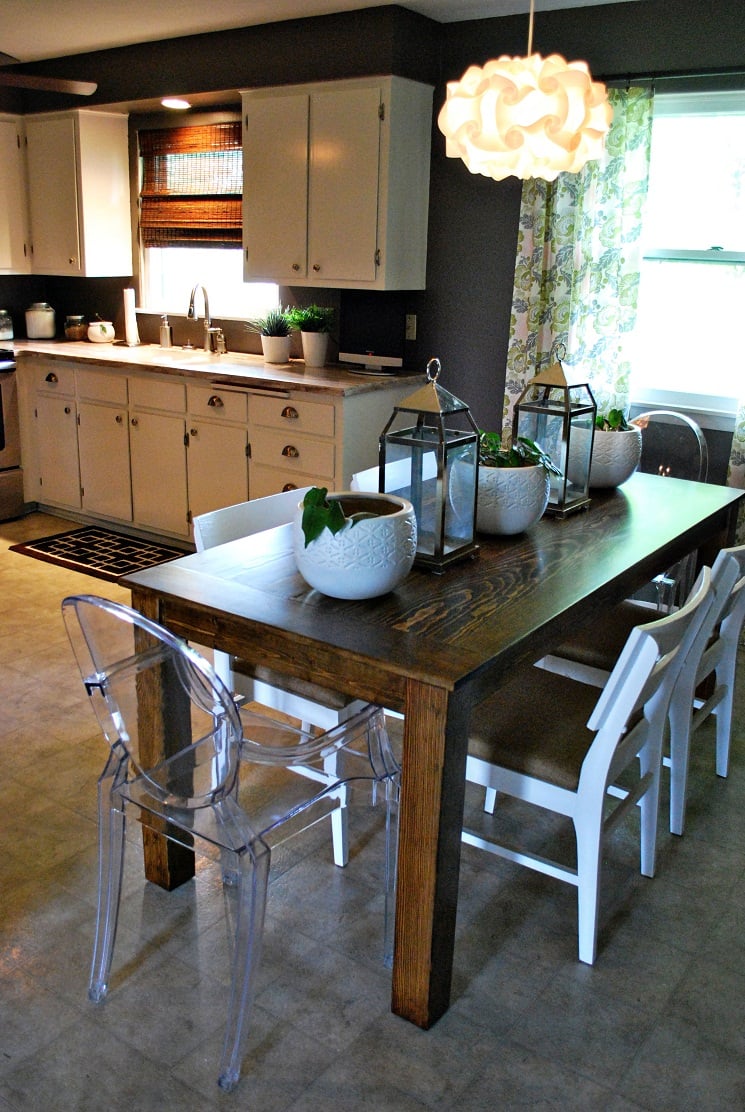


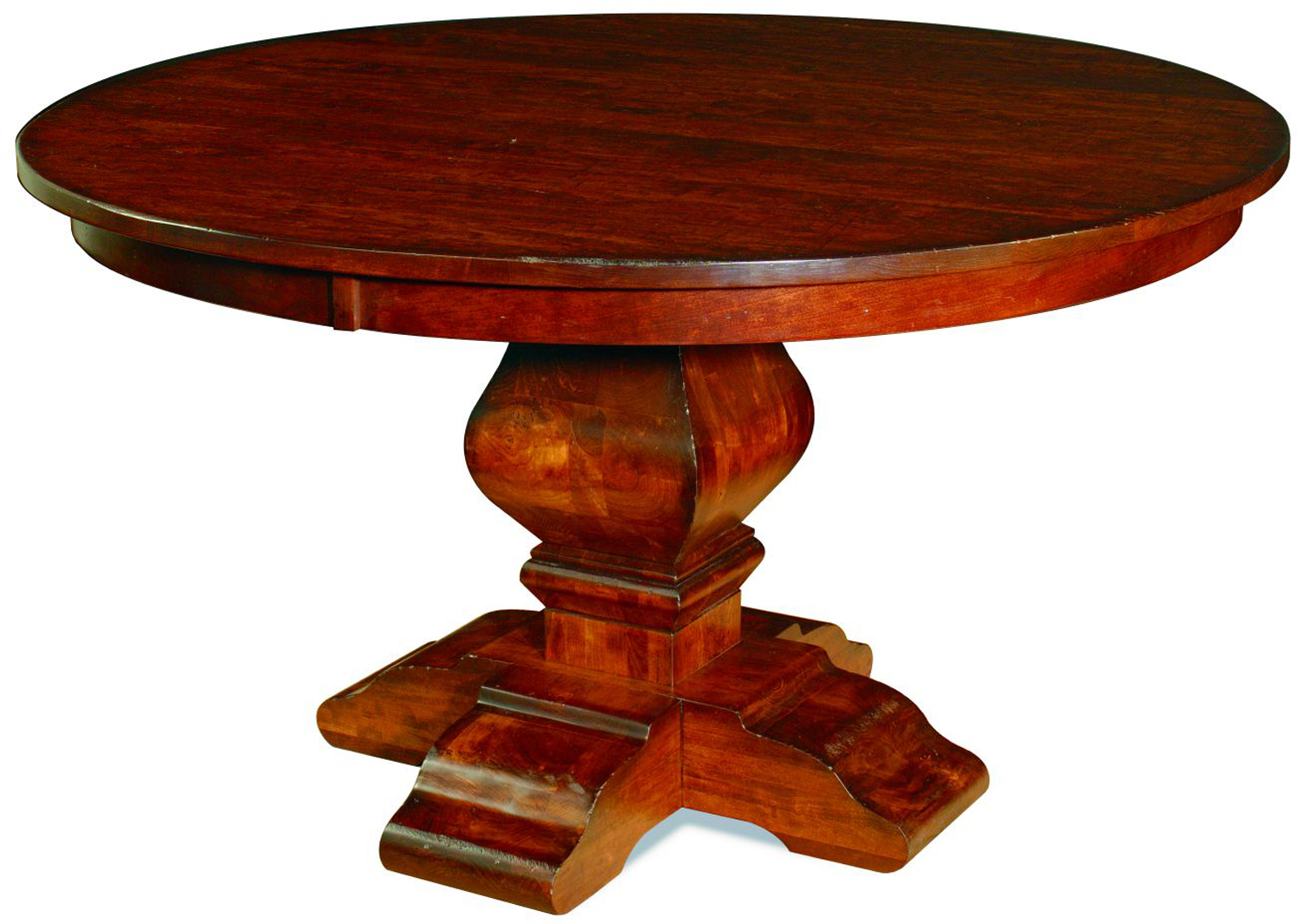

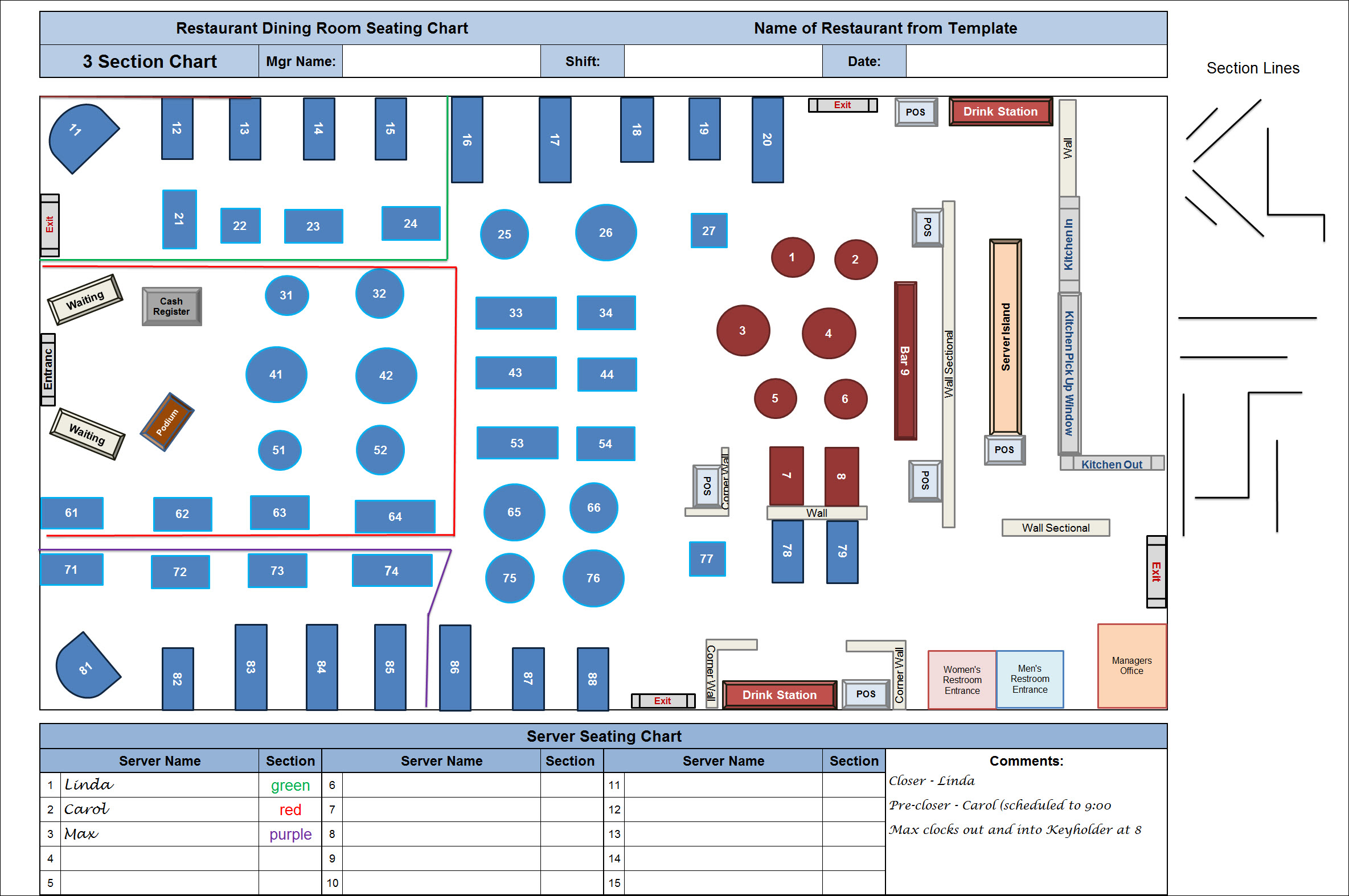
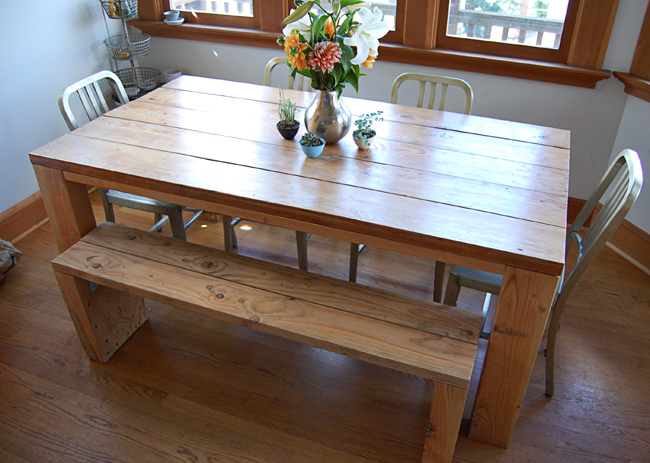





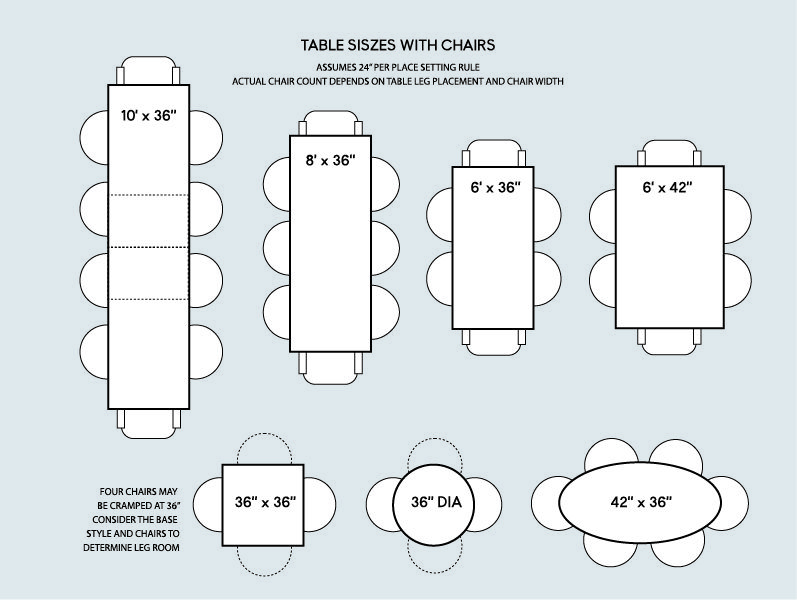
:max_bytes(150000):strip_icc()/standard-measurements-for-dining-table-1391316-FINAL-5bd9c9b84cedfd00266fe387.png)
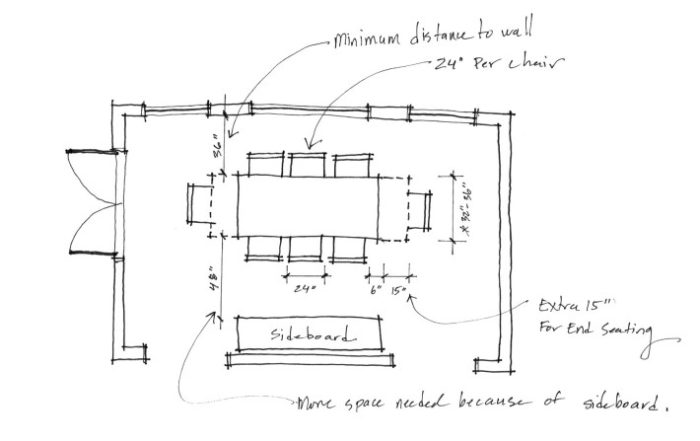


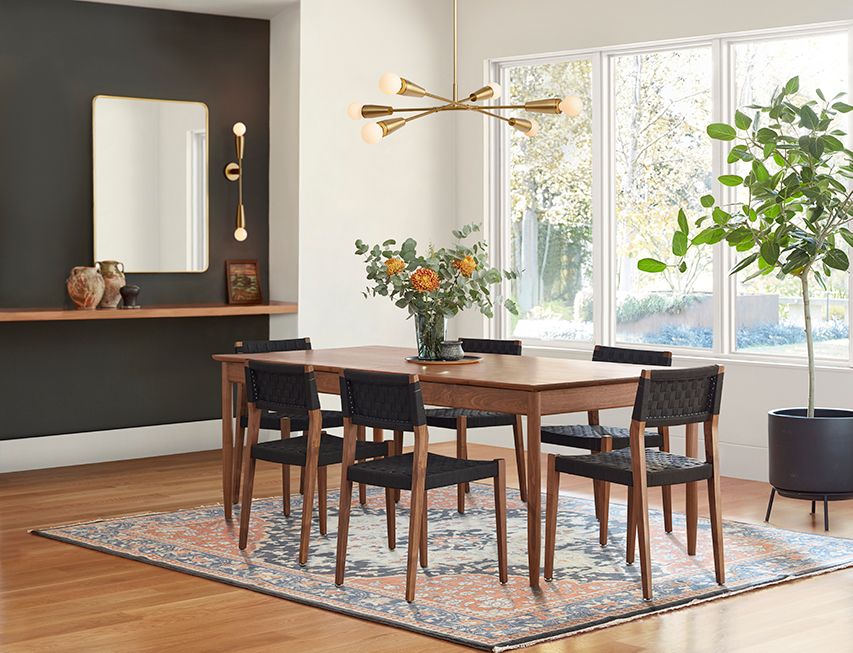

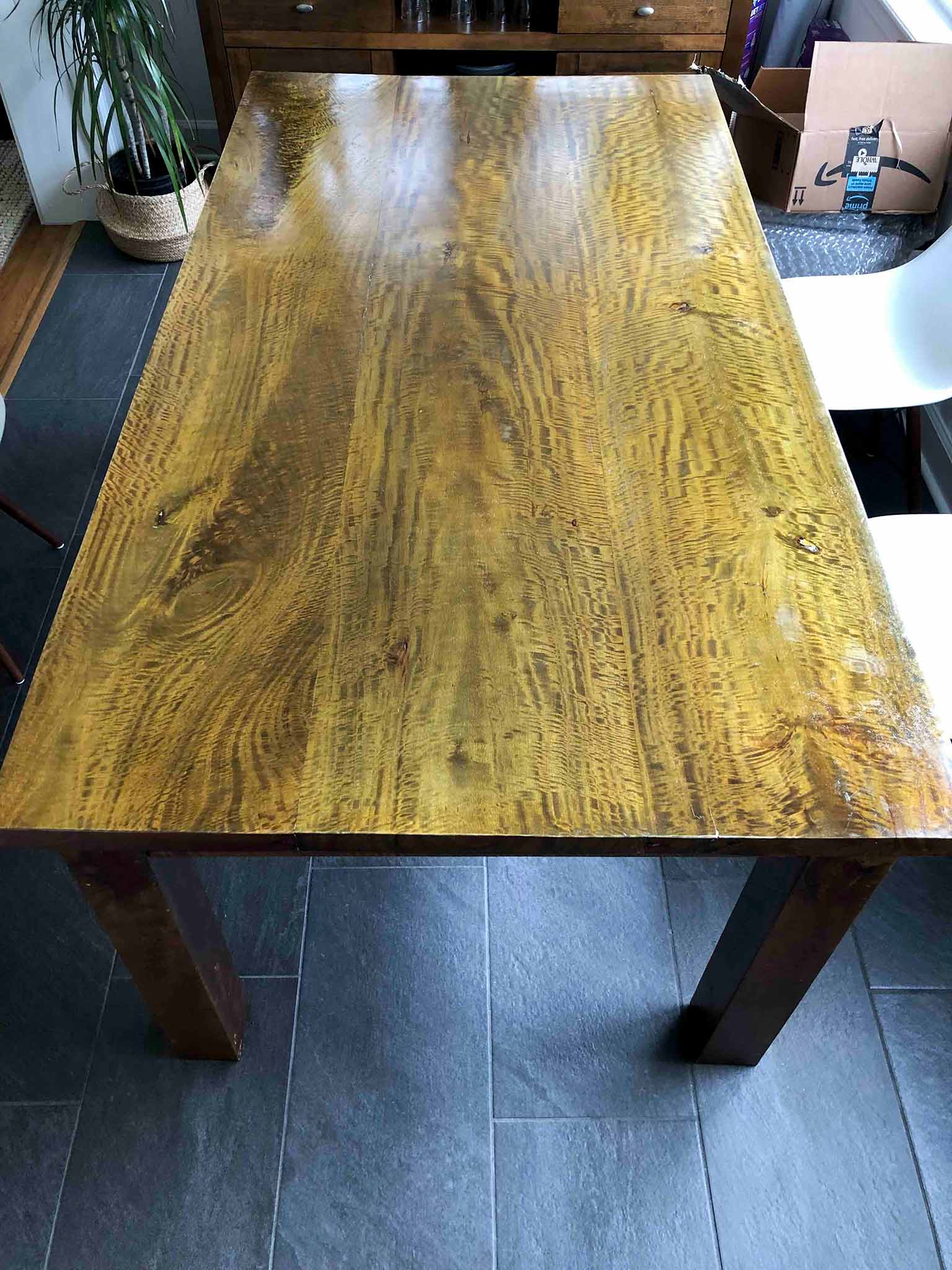

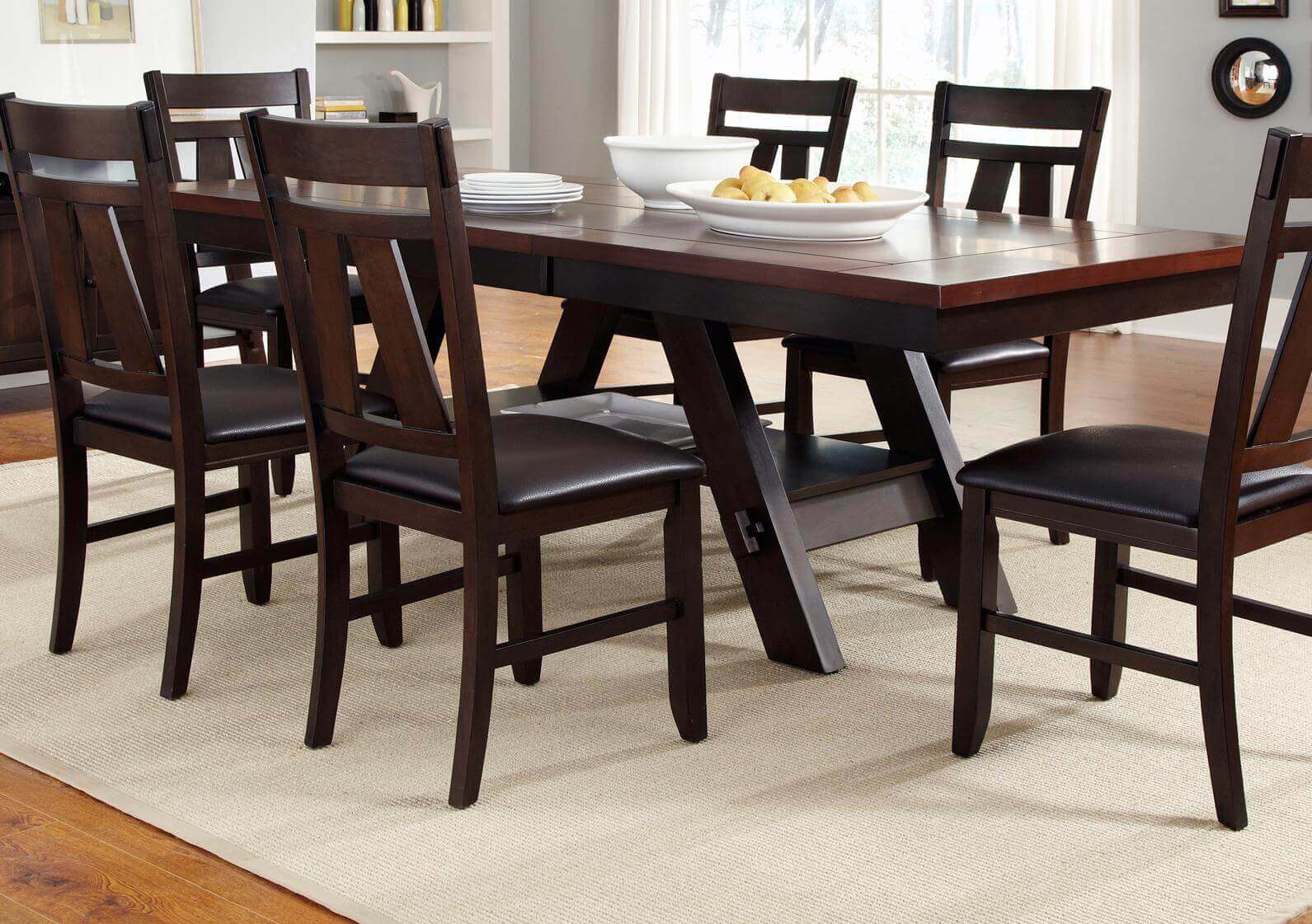
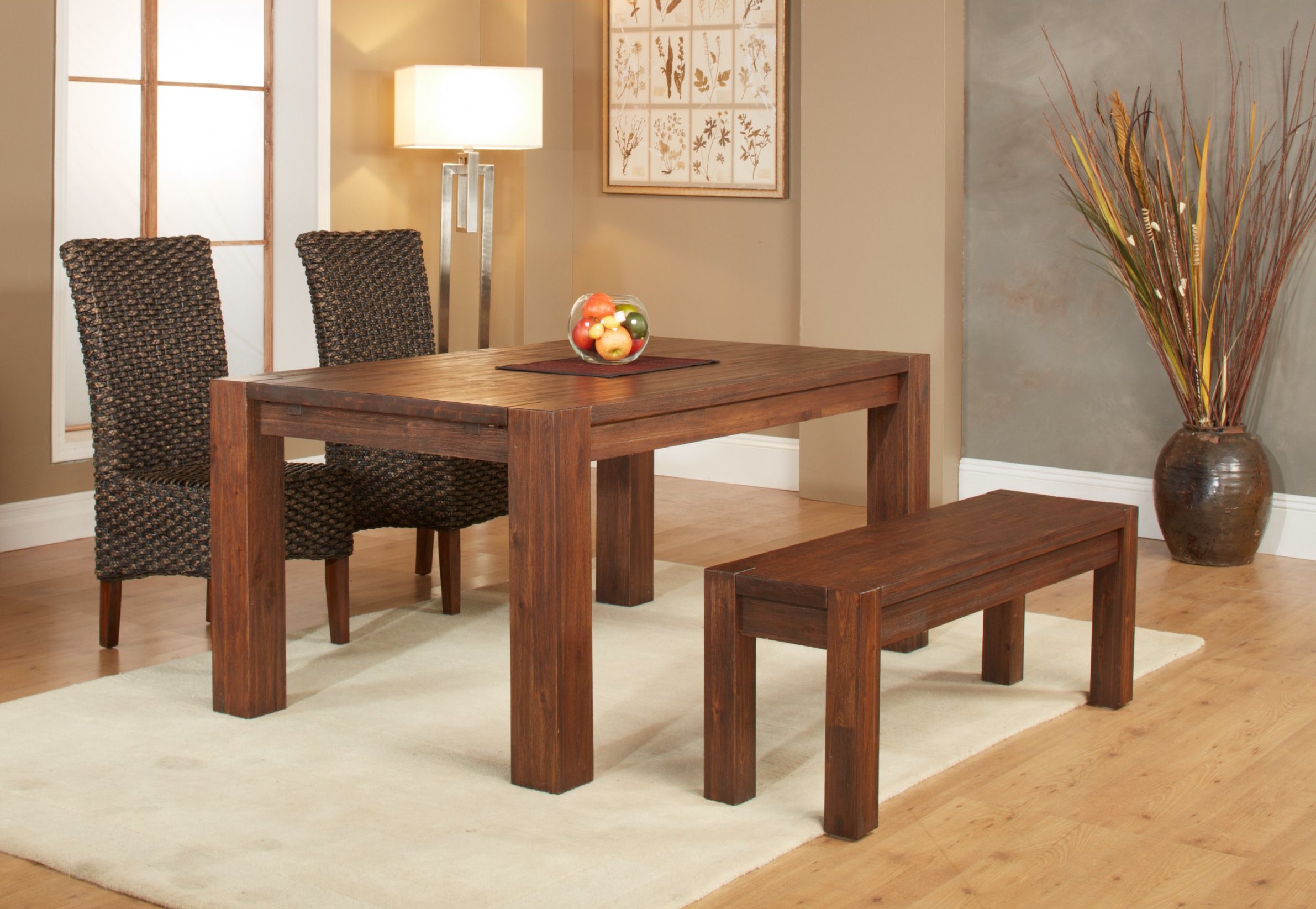
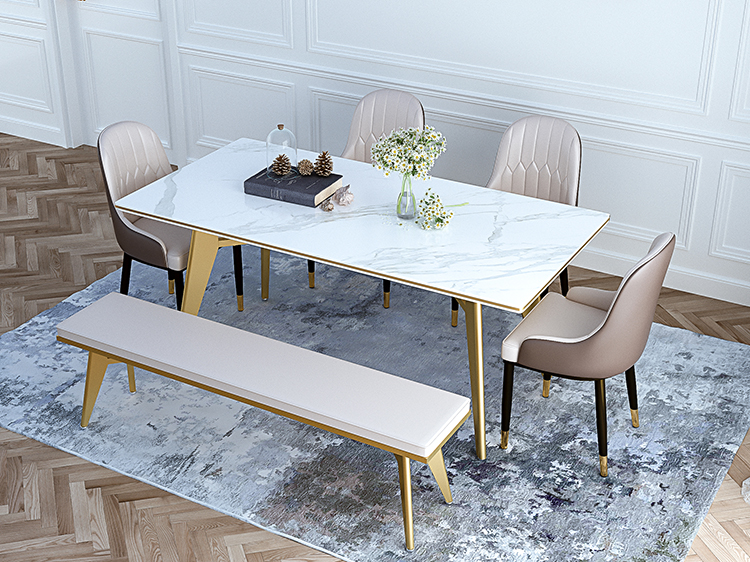





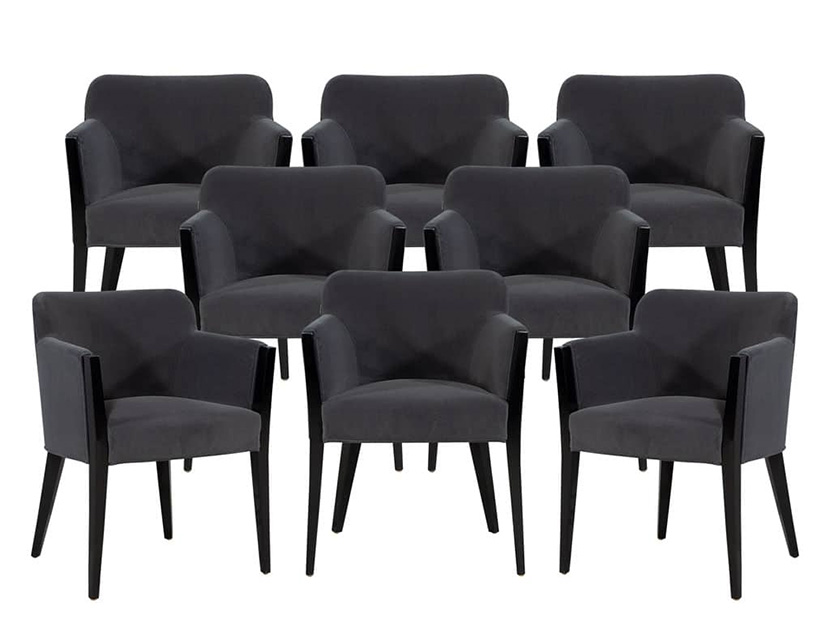



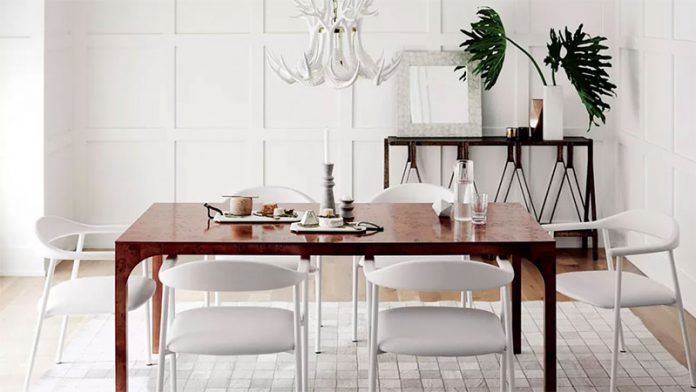

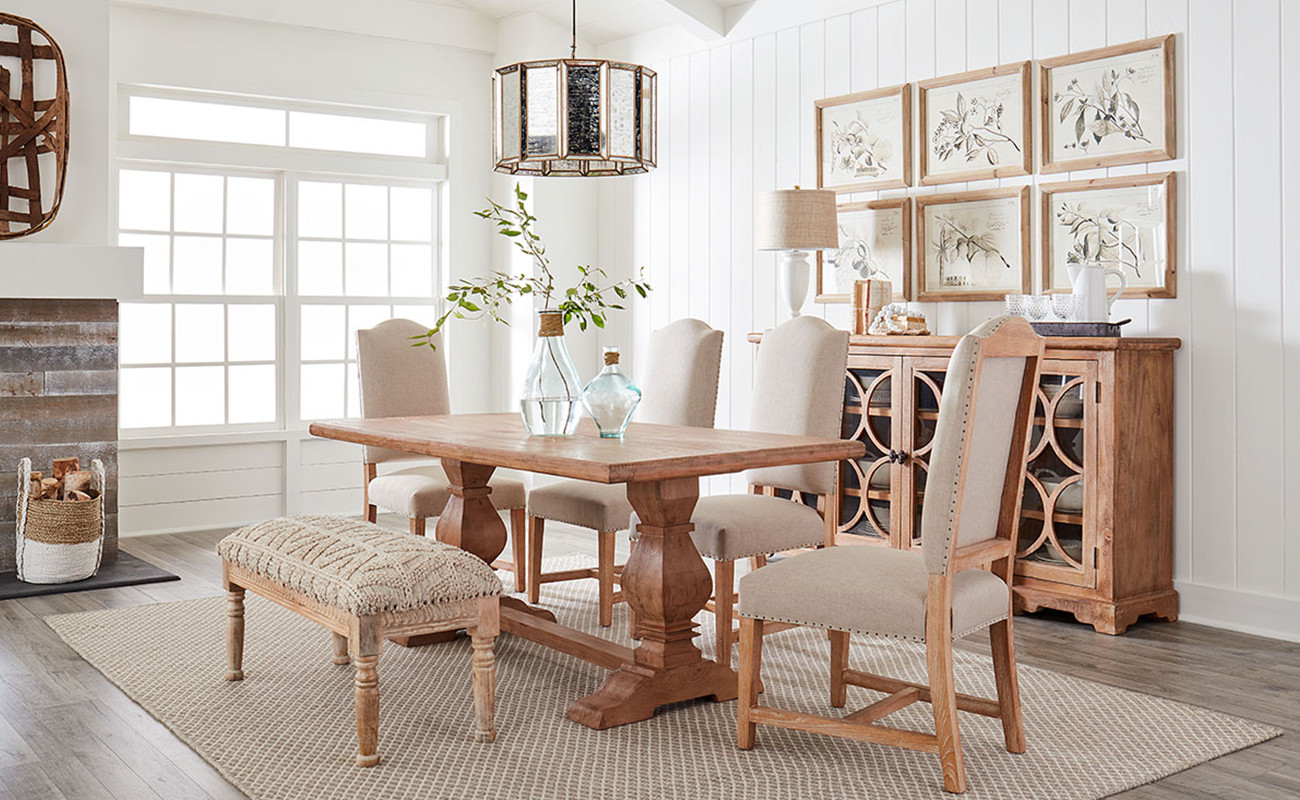



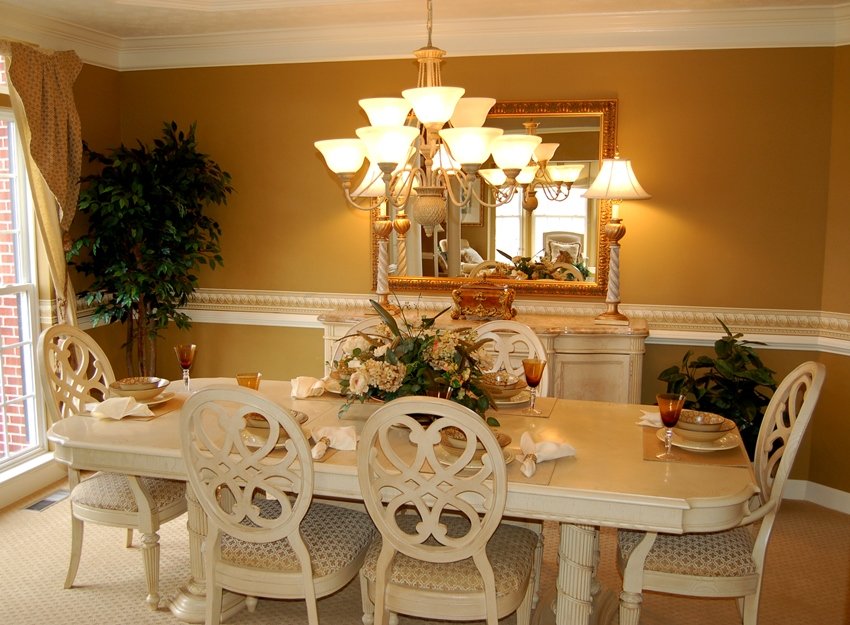





/green-pendant-light-hanging-over-dining-table-970432610-5c53b49b4cedfd0001efd8f4.jpg)








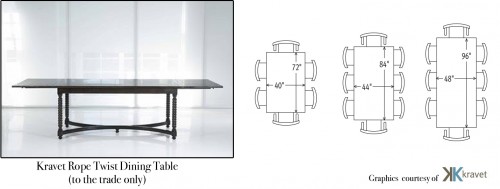








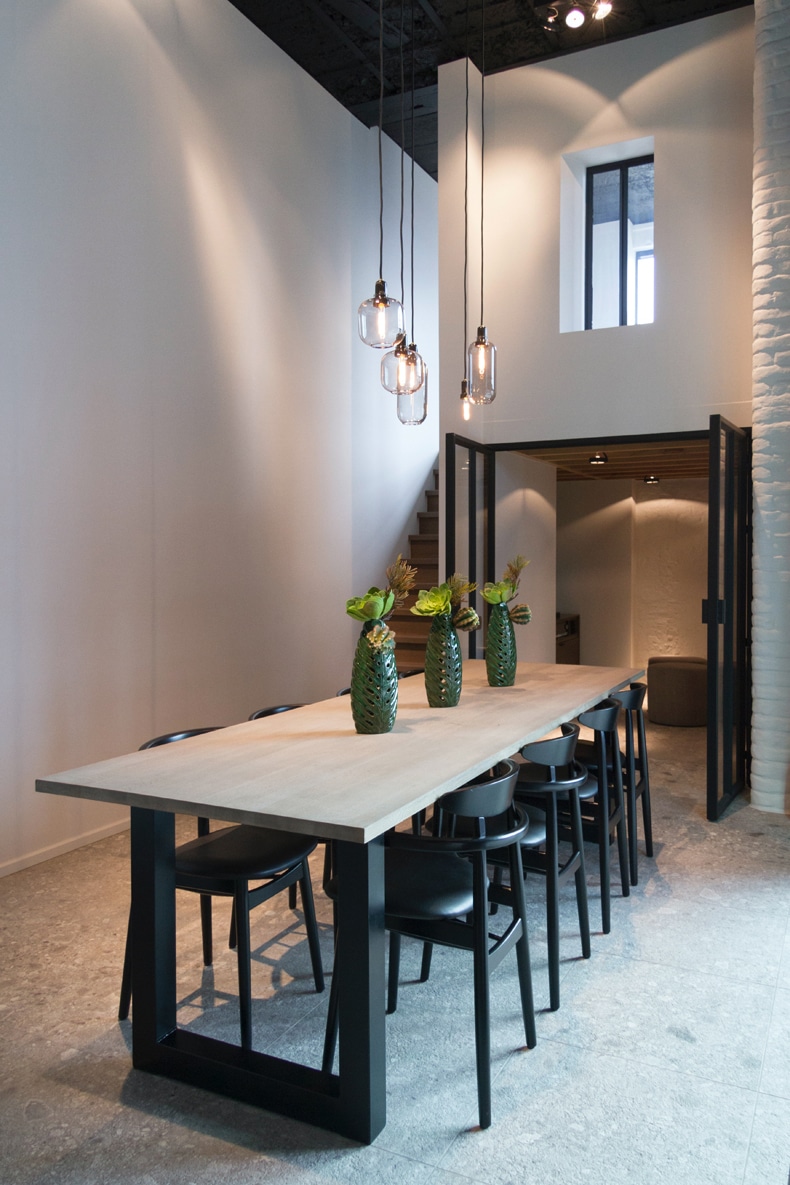


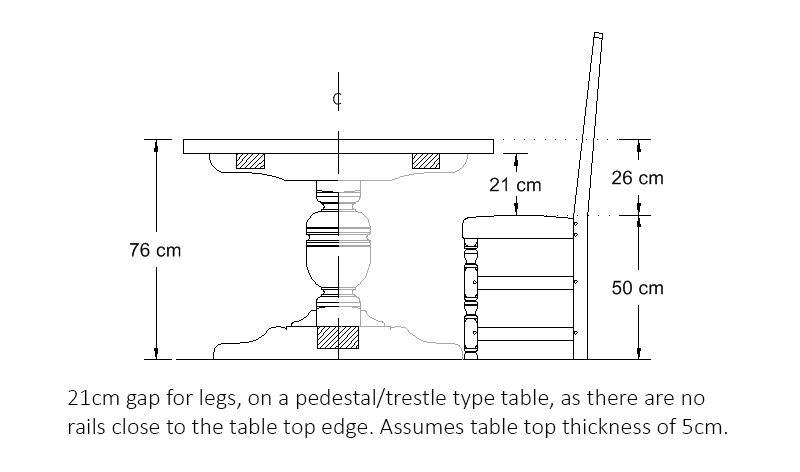


:max_bytes(150000):strip_icc()/how-to-choose-chairs-for-your-dining-table-1313436_final-5becb148e0e04b3198d96933fbad52ec.png)



